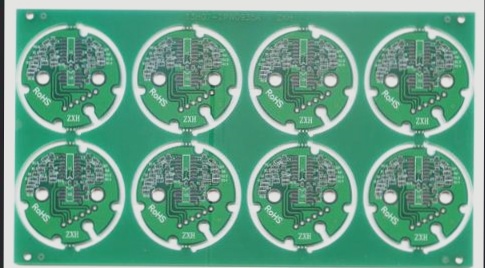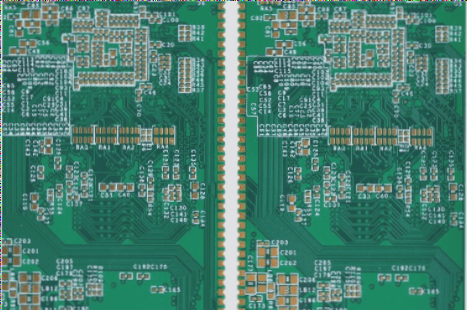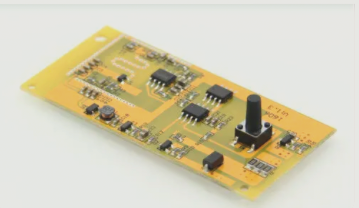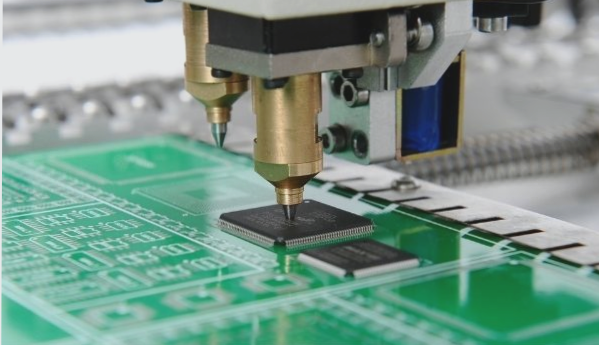How manufacturable is the PCB design?
The article discusses key considerations in PCB manufacturing and assembly, including the use of positioning holes, PCB splicing for improved efficiency, testability design, and the optimization of test points for reliable ICT testing, while ensuring clarity and technical accuracy.










